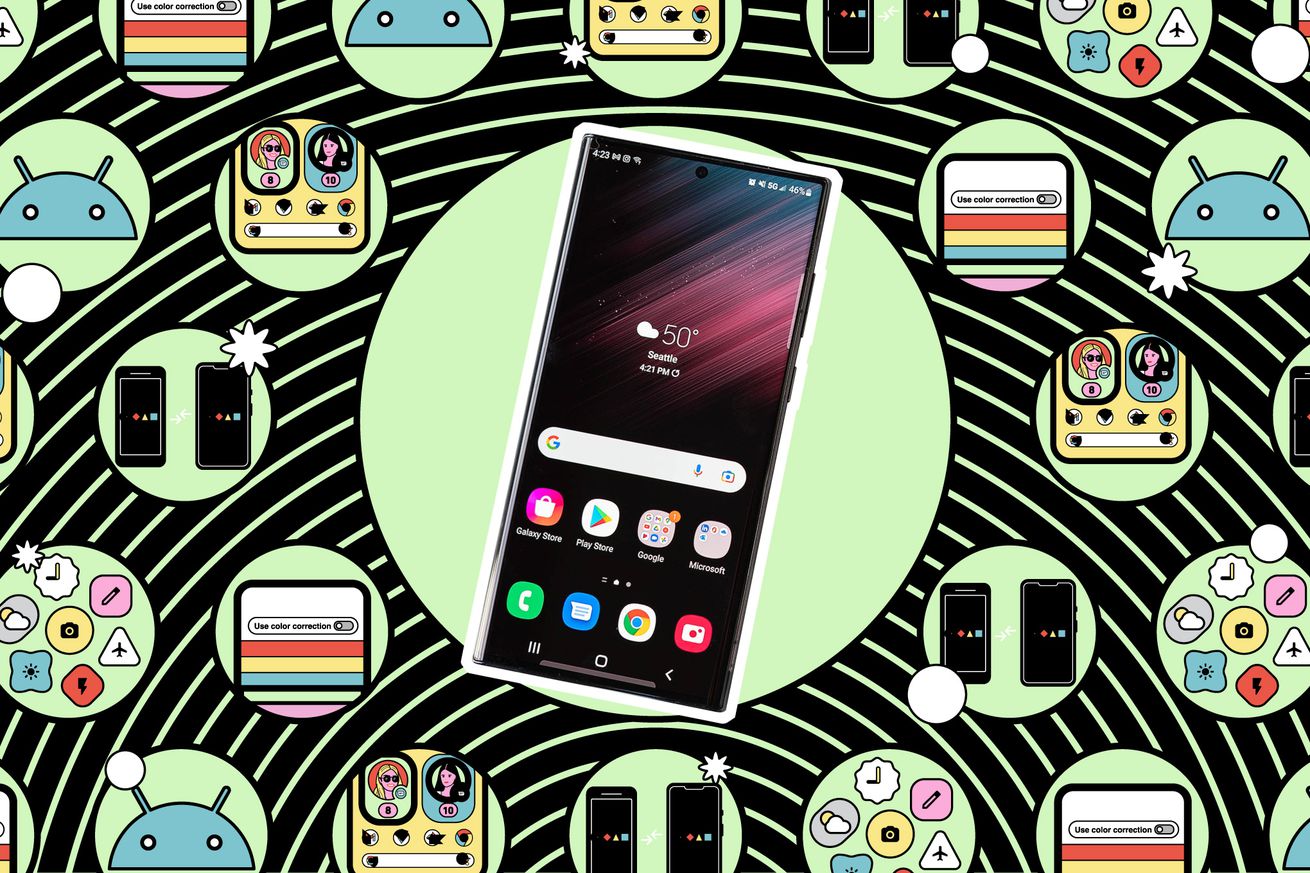
How to use Camera Assistant on your Samsung Galaxy phone
Right out of the box, Samsung Galaxy phones provide a lot of ways to customize their cameras to your liking. You want an extra shutter button you can move around the screen or have the camera take a picture whenever you say “cheese”? You can do that. But it doesn’t stop there: Samsung provides even more camera settings for those who want maximum control — if you know where to look.
Samsung offers an app called Camera Assistant for recent Galaxy phones that goes deep into camera settings. You can disable automatic switching between lenses in low light and adjust whether the phone takes a picture as soon as you put your finger on the shutter or when you take it off. It’s not exactly the kind of stuff a casual snapshooter is looking for, but if you’re into this kind of deeply nerdy menu-diving (we are, too), then you’ll probably be into Camera Assistant. Here’s how to get started.
To use Camera Assistant, you need to be running Samsung’s One UI 5.1 OS. The app is available for the following phones:
- Samsung Galaxy S20 / S21 / S22 / S23 series
- Samsung Galaxy Note 20
- Samsung Galaxy Z Flip 3 / Z Flip 4
- Samsung Galaxy Z Fold 2 / Z Fold 3 / Z Fold 4
You’ll need to download Camera Assistant from the Galaxy Store — either follow that link or do a search for “camera assistant” in the Galaxy Store app.
Once the app is downloaded, you’ll be able to find a new set of options by opening the camera app and tapping the settings cog in the upper left of the screen. Scroll down and tap Camera Assistant.
Here’s a rundown of what you’ll find there:
- Auto HDR: Toggle this setting off (it’s on by default) to disable Samsung’s often aggressive HDR effect in high-contrast scenes. Note that there’s no way to turn it back on for individual shots without revisiting the Camera Assistant menu.
- Picture softening: Choose from off (default), medium, or high.
- Auto lens switching: Turn this off (it’s on by default) to prevent the camera from switching lenses automatically, which it will do in certain scenarios. For example, it will switch to the main camera and use digital zoom rather than the telephoto lens in low light.
- Quick tap shutter: This is off by default; toggling it on will force the camera to capture an image as your finger touches the shutter button. (The default behavior is to start the capture as you take your finger off the button.) It will use fewer frames to create your final image, which can have a negative impact on image quality.
- Capture speed: You have more shutter options here. Rather than fully override the normal shutter behavior, you can choose from three settings: prioritize quality; balance speed and quality; or prioritize speed.
- Video recording in photo mode: Toggle this off to disable video recording when you long-press the shutter in still photo mode.
- Timer multi-photo options: By default, the camera will take one photo with the timer mode. Here, you can have it take up to seven photos and vary the interval between shots from one to three seconds.
- Camera timeout: Shorten or extend the amount of time after which the camera will automatically close if it’s inactive. This is set to two minutes by default; you can change that to a minimum of one minute and up to 10 minutes.
- Dim screen while recording: If there’s no input while recording a video clip, the screen can automatically dim to save battery. This is off by default; you can opt for up to 10 minutes.
- Clean preview on HDMI displays: Toggle this on (it’s off by default) to show the camera preview on another display over HDMI without showing the buttons and settings options.
That’s a whole lot of extra control at your disposal, so go forth and tinker with your camera settings to your heart’s content.

